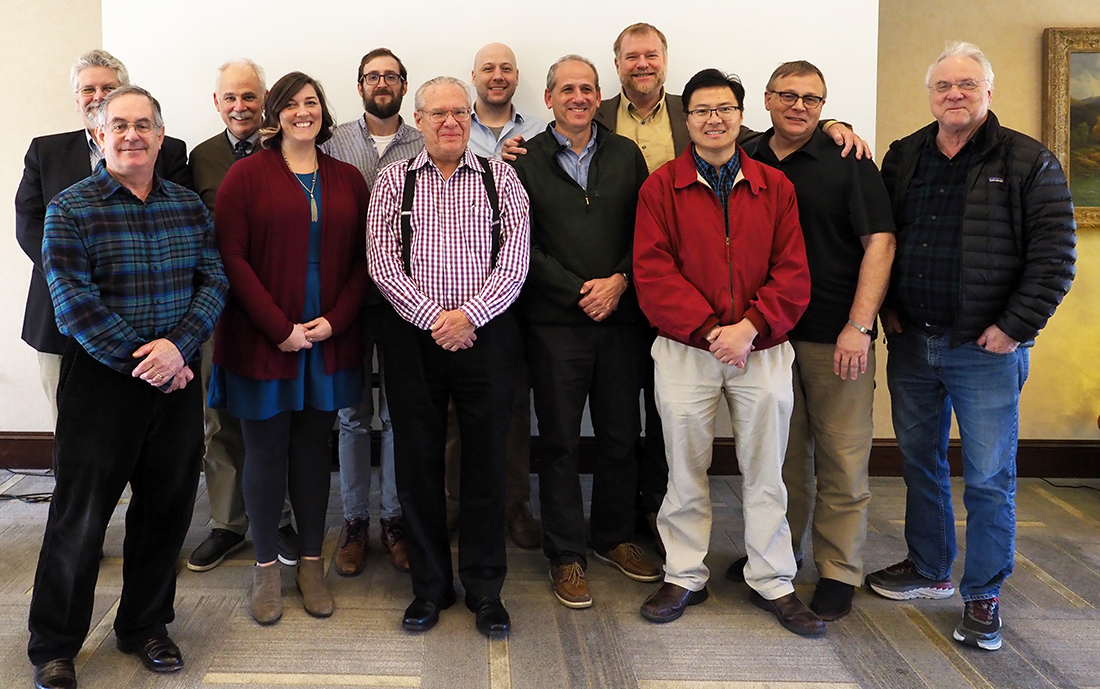Meeting of the minds

What happens when a team of craniofacial anthropologists joins forces with a cohort of dental school researchers? Sure enough, commonalities are discovered, and groundwork is laid for future research collaboration. This was the case during a Dec. 1 gathering at Texas A&M College of Dentistry when several faculty spanning multiple departments met with faculty from the University of Arkansas’ Department of Anthropology. The purpose: to build a “long-term collaboration of mutual benefit on the boundaries of each discipline,” explains Dr. Peter Ungar, Southeastern Conference Distinguished Professor of Anthropology at Arkansas. The means: a conference faculty travel grant, which Ungar opted to invest in a working relationship with College of Dentistry researchers.
“We don’t have our own dental school in the state of Arkansas,” Ungar explains, “and A&M is among the closest research-focused dental universities to us.
“We have very little clinical research going on here, but there is overlap in the sorts of questions we tackle and approaches we take,” says Ungar. “Some of the A&M College of Dentistry faculty are trained in biological anthropology, so it’s a great match — we speak the same language. I can see collaborations on the clinical end using our approaches, and on the anthropological end using approaches in use currently at A&M.”
As a result of the discussions, Ungar and Dr. Tom Diekwisch, Bernhard Gottlieb Endowed Chair in craniofacial research and periodontics department head at the College of Dentistry, learned they both are investigating issues related to the evolution of mineralized tissues in teeth, but from differing perspectives: Ungar analyzes wear patterns of enamel, whereas Diekwisch focuses on the role of proteins and genetics.
Discussion also touched on several aspects of the biology and evolution of mineralizing tissues, as well as craniofacial skeletal structure and function in primates, mosasaurs and fossil hominids. This diverse approach provides the opportunity to ask broad questions about the relationship between modern craniofacial and dental health issues and the history of life.
Researchers from both schools, along with evolutionary biologists from Southern Methodist University, met for several hours. Conversation flowed easily among the colleagues, some of whom have known each other for decades.
Dr. Paul Dechow, associate dean for academic affairs and a biological anthropologist and craniofacial biologist by training, reconnected with longtime colleague Ungar this past summer during the International Association for Dental Research annual meeting, along with Diekwisch. Plans are in the works for another Dallas meeting this spring.
“I think in the modern world of research, integration and collaboration is the name of the game, and it enriches all kinds of research and will enrich what we are doing here and what they are doing there,” says Dechow. “No one just works by themselves anymore. It takes a team of people.”